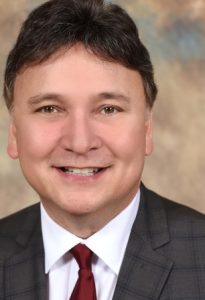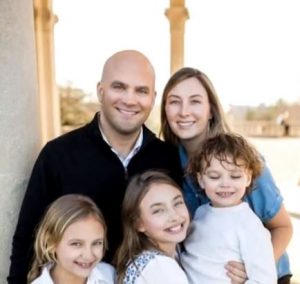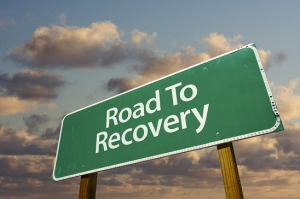Category: Addictions

Chris Tuell Ed.D., LPCC-S, LICDC-CS, Clinical Director of Addiction Services
As feelings of anxiety, depression, or sheer boredom mount due to the growing pandemic of the coronavirus, the desire to turn to drugs and alcohol as a coping mechanism could become more problematic. Experts warn against self-medicating during these stressful times for a multitude of reasons. For many people who struggle with mental illness and/or substance use disorders, there is an unfortunate tendency to withdraw or isolate from others. So when we are told to practice social distancing, remain in our homes, isolate from one another, this can feed into a further deepening of an individual’s struggles and isolation with depression, anxiety, trauma or loss.
According to SAMHSA, (Substance Abuse Mental Health Services Administration), 84% of individuals who experience a substance use disorder, also experience a co-occurring mental health issue as well. During times of stress, many of us seek relief, in any way we can find it. The use of substances is not a healthy way of coping. Substance use is frequently used as a means to escape or numb-out from life’s problems. Substance use will often exacerbate a previous existing problem, making it worse.
In cities across the country, people are increasingly living under “shelter-in-place” or lockdown mandates that have closed businesses, limited social gatherings, and urged self-quarantine. These added stressors have resulted in increased levels of alcohol consumption. According to the Republic National Distributing Company, a wine and spirits distribution company, sales of spirits jumped by 50% for the week ending March 21, 2020. Nationally, the overall increase for the week according to Nielsen data, saw a 55% spike in alcohol sales.
Each of us experiences stress from time to time. However, recent events of the past few months have been unprecedented. Stress can feel overwhelming. There are different types of stress – all of which carry physical and mental health risks. A stressor may be a one-time or short-term occurrence, or it can happen repeatedly over a long time. Some people may cope with stress more effectively and recover from stressful events more quickly than others. Unfortunately for some, substance use becomes an unhealthy way to self-medicate one’s stress, mood and/or anxiety.
Coping with the impact of chronic stress can be challenging. Because the source of long-term stress is more constant than acute stress, the body never receives a clear signal to return to normal functioning. With chronic stress, those same lifesaving reactions in the body can disturb the immune, digestive, cardiovascular, sleep, and reproductive systems. Some people may experience mainly digestive symptoms, while others may have headaches, sleeplessness, sadness, anger, or irritability. Over time, continued strain on the body from stress may contribute to serious health problems, such as heart disease, high blood pressure, diabetes, and other illnesses, including mental health issues such as depression or anxiety. For some, substance abuse only adds insult to injury.
When does one’s consumption of a substance (i.e., alcohol, drugs, gambling, Internet, gaming) become
problematic? Addictive behaviors consists of the following three behavioral questions (The Three C’s).
• Is there a loss of Control? (I am unable to manage the behavior.)
• Is the behavior Compulsive? (I cannot stop doing the behavior.)
• Do I continue to engage in the behavior, despite the negative Consequences?
Coping with life stressors by the use of alcohol or any other substance, is a bad idea. If you take practical
steps to manage your stress, you may reduce the risk of negative mental and physical health effects. Rather
than reaching for that adult beverage, below are tips that may be helpful in coping with stress:
Be observant. Recognize the signs of your body’s response to stress, such as increased alcohol and other
substance use, difficulty sleeping, , being easily angered, feeling depressed, and having low energy.
Talk to a health professional. Don’t wait for your health care provider to ask about your stress. Start the
conversation and get proper health care for existing or new health problems. Effective treatments can help
if your stress is affecting your relationships or ability to work.
Get regular exercise. Just 30 minutes per day of walking can help boost your mood and improve your
health.
Pursue calming activities. Explore relaxation or wellness programs which may incorporate meditation,
imagery, muscle relaxation, or breathing exercises. Schedule regular times for these and other healthy and
relaxing activities.
Set goals and priorities. Decide what must get done now and what can wait. Learn to say “no” to new
tasks if you start to feel like you are taking on too much. Try to be mindful of what you have accomplished at
the end of the day, not what you have been unable to do.
Stay connected. Even though this may be a challenge, given our current social distancing, we need to remain
connected with one another. You are not alone. Keep in touch with people who can provide emotional
support and practical help. To reduce stress, ask for help from friends, family, and community or religious
organizations. Many community support groups (AA, NA, GA, SMART Recovery) are available online. Stay
healthy, stay connected.






